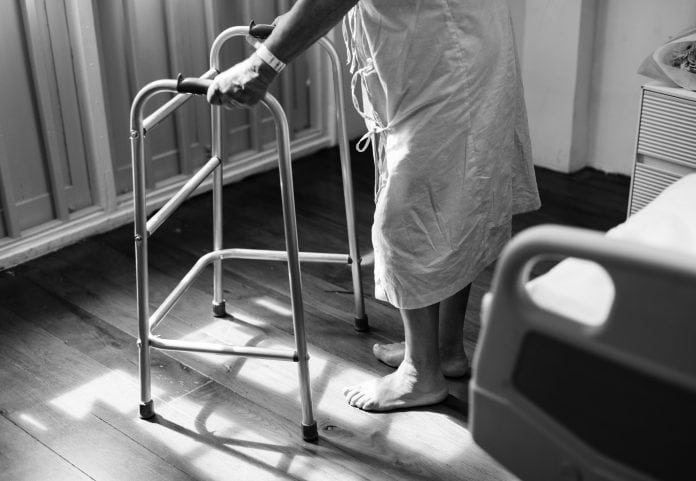
Public Health England (PHE) have released their 2018 public health profile, confirming that although some improvements have been made, there are still stark health inequalities, many of which have increased.
Public Health England (PHE) have published their health profile of England for 2018, which combines data and knowledge to give an overview of public health in England. A section of their health profile is dedicated to health inequalities, which they define as avoidable, unfair differences in health status between groups of people.
The link between deprivation and health inequalities
The PHE report identified that people who live in the most deprived areas in England face health inequalities in comparison to those who live in the least deprived areas.
In more deprived areas in England:
- There are higher mortality rates from heart disease, lung cancer, and chronic lower respiratory diseases
- The inequality of female life expectancy has increased since 2001-3
- People are almost four times as likely to die prematurely from cardiovascular disease than in the least deprived areas
PHE added: “People living in the most deprived areas spend nearly a third of their lives in poor health.”
Mental health inequalities in the UK
There are also mental health inequalities which relate to things like the ethnicity of women, employment status, and whether a person is in receipt of benefits. The report found that people who are unemployed or in receipt of benefits are more likely to report suffering from common mental health disorders.
The report found that, while there is no ethnic inequality among men who report common mental health disorders, there are ethnic inequalities between females who report them. Black females are over 10% more likely to report common mental health disorders than white females, while females in the White Other ethnic group are the least likely.
Child health inequalities
As well as health inequalities trends, the full public health profile assesses trends such as the leading causes of death, morbidity and risk factors, and current and emerging health protection issues. The inequalities in child excess weight between the most and least deprived areas and between ethnic groups have also increased. The percentage of overweight children was 1.8 times higher in the most deprived areas compared with the least deprived areas. Of children aged 10-11 years old, children in the Black African and Black Caribbean ethnic groups were the most likely to be overweight.
The full report also presents other trends such as morbidity and risk factors, population, children’s early years health, and current and emerging health protection issues.










